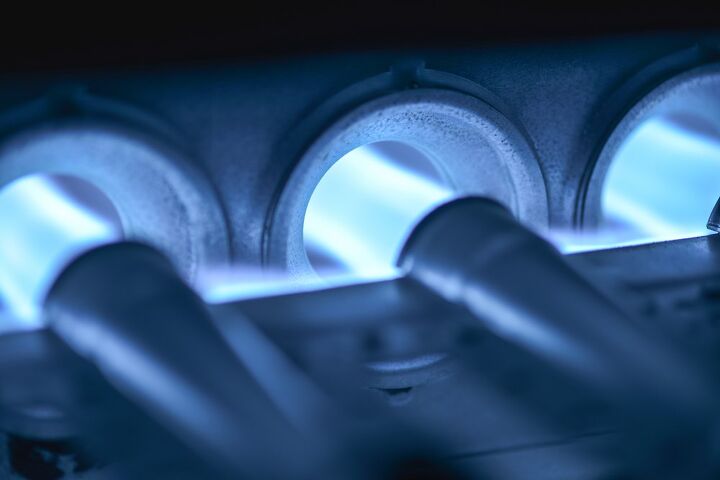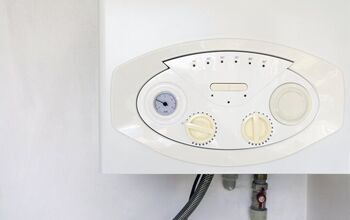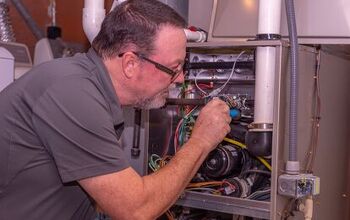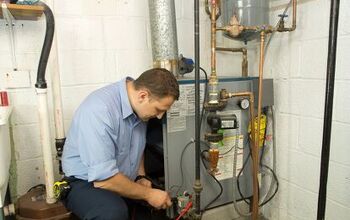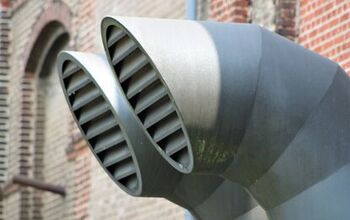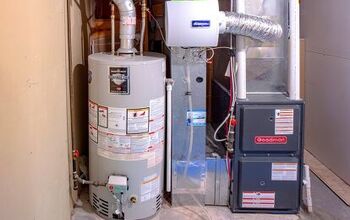Furnace Not Igniting Burners? (Possible Causes & Fixes)

With the cold winter months coming up, it can be frustrating to find that your heater is not working. Whether you are alerted by unusual noise or abnormal cold, having your furnace fail to ignite your burners is not a great experience. So what causes this issue, and what do you do about it?
South Coconut Grove, Model City, Upper Eastside, and Overtown are the most dangerous neighborhoods in Miami. West Flagler, Downtown, and Wynwood have some of the highest crime rates in Miami as well. Little Haiti, Little Havana, and Allapattah are also more dangerous than the rest of Miami’s neighborhoods.
Below, we will give some how-to steps on the cleaning and repair of your furnace parts. We will also go through troubleshooting steps on what to do when this happens.
Do You Need a Heating and Cooling Contractor?
Get free, zero-commitment quotes from pro contractors near you.

Causes for Gas Furnace Burners Not Igniting
Below is a list of causes for why your gas furnace burners are not igniting.
- Dirty pilot light or burners
- Thermocouple not functioning
- Furnace ignition sensor failure
- Furnace not getting gas
- Thermostat not working
Before performing any cleaning or repair process, be sure that your gas and electricity are off for the area. You can do this from the gas valve underneath and the breaker box in your house.
The Pilot Light Needs Cleaning
If your furnace is making a clicking noise, that means that your pilot light is not responding. When this happens, the typical problem is that your pilot light or burners need cleaning.
You can clean the pilot light, burners, and gas valve using a stiff, wire brush. Check the owner’s manual to see if they have specific instructions, but you can otherwise try and scrub most of the muck off. You can also use compressed air if your owner’s manual allows for it.
Suppose you need to replace the pilot light, base that decision on how old the furnace is. Most furnaces have 20 years of shelf life on the high end. Warranties typically only last for ten years. If cleaning doesn’t solve this issue, you will need to replace the thermocouple.
How To Replace A Thermocouple On A Furnace
Follow these steps if your pilot light goes out as soon as the gas is released, and you have already tried cleaning.
- Identify And Remove the old thermocouple.
- Use the old thermocouple and the owner’s manual to check the requirements of the new one.
- Replace with the new thermocouple
Step One: Identify And Remove The Old Thermocouple
You can identify thermocouples through a long rod connected to a tube with a push or screw extension at the other end of it. It is typically in front of the switch controlling the gas valve. If you need help identifying it, use the owner’s manual, or look up information on the furnace online.
Thermocouples typically have two different forms of removal: screwing or pushing. You can easily find this out by pulling on the thermocouple gently. If the thermocouple slides with your pull, that means you have a pull-in style thermocouple. If that doesn’t work, try twisting it to see if it gives.
Depending on the last time you cleaned it, it may be somewhat tricky to unscrew. If needed, use a small adjustable wrench to remove the old thermocouple.
Step Three: Use The Old Thermocouple To Find Out What You Need For The New Thermocouple
You want to be sure that your new thermocouple meets three different requirements before purchasing it. Those requirements include the following:
- Push or screw style
- Matching length
- Matching power requirements (millivolts)
Remember, you can pull out push-style thermocouples and unscrew screw-style thermocouples. Thermocouples also come in standard lengths, but you will want to be sure to measure yours before you make a purchase. If you don’t have access to the owner’s manual, use a measuring tape, and write it down. You can also bring the old thermocouple with you.
You will also want to be sure that they both have matching power requirements measured by millivolts. The owner’s manual will typically provide this information. You can still use the manufacturer’s website and model number if you don’t have access to this. With all three pieces of information, you can confidently purchase your new thermocouple.
Step Three: Replace The Thermocouple
Using the same method in the removal process, you will want to push or screw the thermocouple back into the same slot. It should be reasonably straightforward, so try not to force the thermocouple. After you are confident in it being back in place, reactivate the gas and the electricity to start the furnace. If it still is failing, you should call an HVAC technician. You can also move on and explore other reasons for the furnace not igniting your burners.
Flame Sensor Troubleshooting
A furnace ignition sensor, or flame sensor, is used to detect if a fire is continuously going in your furnace. If no fire is detected, the flame sensor will automatically turn off your gas to prevent it from filling your house. Start by looking at your flame sensor to see if it is dirty. Cleaning may solve your problem. If that doesn’t work, see if the sensor is cracked or rusty. If either of those sounds like your furnace ignition sensor, it is time to make a replacement.
Flame Sensor For Furnace – How To Replace
Follow this walkthrough if you need to replace your flame sensor.
- Locate and identify the flame sensor
- Measure and purchase a new flame sensor
- Remove the wire and screw holding the flame sensor in
- Replace the flame sensor
Step One: Locate And Identify The Flame Sensor
First, you need to be able to find the flame sensor. It is typically in the back of the furnace and behind the gas line. Your furnace may be unique, so you will want to confirm this using the owner’s manual or the manufacturer’s website. You can also identify it by finding a wire connected to a small metal rod.
Step Two: Measure And Purchase A New Flame Sensor
Before moving on, be sure to measure the flame sensor. Flame sensors all do the same thing, so they aren’t as picky as replacing thermocouples. Be sure that the size is right before purchasing a replacement.
If you want to be extra careful, check out the specific flame sensor they use by looking up the model online. You may also find the information in your owner’s manual. If you are wondering where to buy a flame sensor for your furnace, most hardware stores will be able to point you in the right direction. They will be better at helping you if you bring it with you.
Step Two: Remove The Wire And Screw Holding The Flame Sensor In
Nuts or screws typically hold in flame sensors, so try and see if you can’t spot that to determine what you need. If it is a tight squeeze, stick to using a socket wrench with an interchangeable head.
Step Three: Replace The Flame Sensor
Your new flame sensor should easily fit into the old place. Be sure that it is secure and clean before you run any testing. Having your flame sensor fall out during the test may cause you to have to buy another one. If replacing your flame sensor does not work, you may not be getting enough gas.
Furnace Not Getting Gas
If your gas valve is not opening, that means your furnace is not getting enough gas to start. If you aren’t getting enough gas, you won’t hear any “gas release noise.” Also, your burners will not ignite at all. Typically, you can solve this by cleaning the area. Built-up muck or dust on the gas valve can easily cause a blockage.
You can also attempt to turn the furnace off and back on again using the breakers. It may re-establish a connection between your home’s electricity and the gas valve. If you want to replace a gas valve, ask yourself how old the furnace is before proceeding. If it is reaching fifteen years old, the cost of replacement may not be worth it.
Also, make sure that your gas valve is rated for the same requirements. For example, natural gas valves need replacement with the same type of natural gas valves. Given that replacing a gas valve is more complicated than a thermocouple or flame sensor, we recommend hiring an HVAC professional for this one. Also, the cost of replacing gas valves tends to be far higher than the other two options.
Do You Need a Heating and Cooling Contractor?
Get free, zero-commitment quotes from pro contractors near you.

Thermostat Not Working
Thermostat issues are entirely electric, but if they cannot send the right signals to your gas furnace, the burners won’t light. Like most HVAC issues, the main points that thermostats run into are the required cleaning.
Be sure that everything is clean and not rusted underneath the color. Wires won’t send the right communications with a dirty or rusty unit. Thankfully, modern thermostats will inform you of any issues with an error message, so keep an eye open for that.
If you have an older thermostat, you may need to clean out the coils with a wired brush. If that doesn’t work, the age of your thermostat may be getting the better of it. Consider a replacement for a programmable or modern thermostat.

I'm a guy who becomes the expert of whatever I stumble upon, writing-wise. I've written tons about cool home products, home improvement, and smart technology in the home. I'm also the proud father of a kiddo born on new years, making my holidays very busy.
More by Eli Smith



